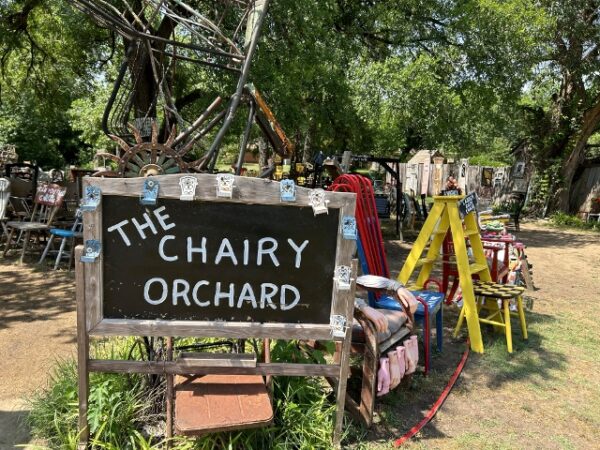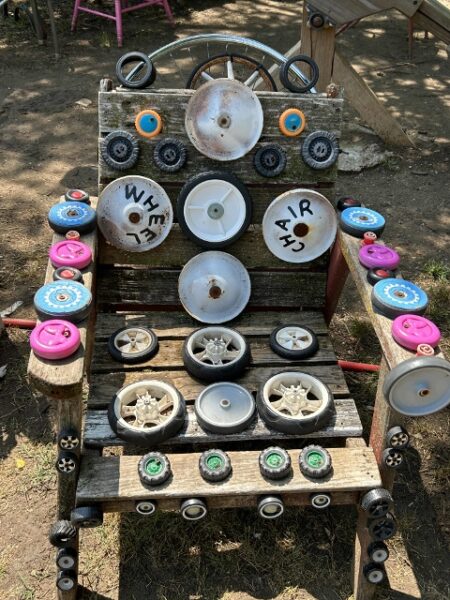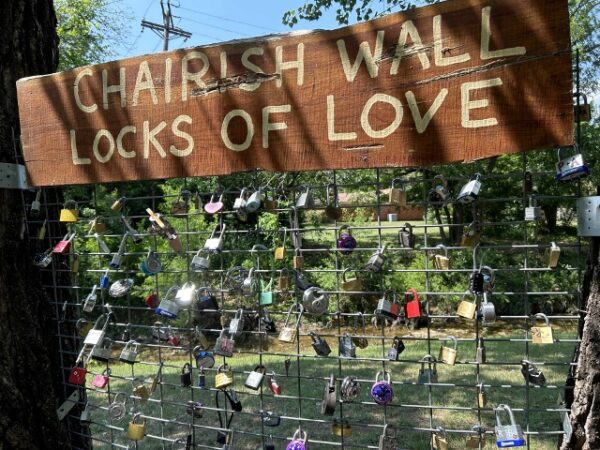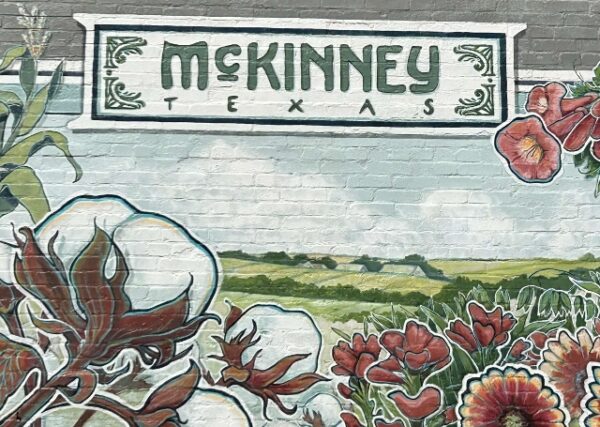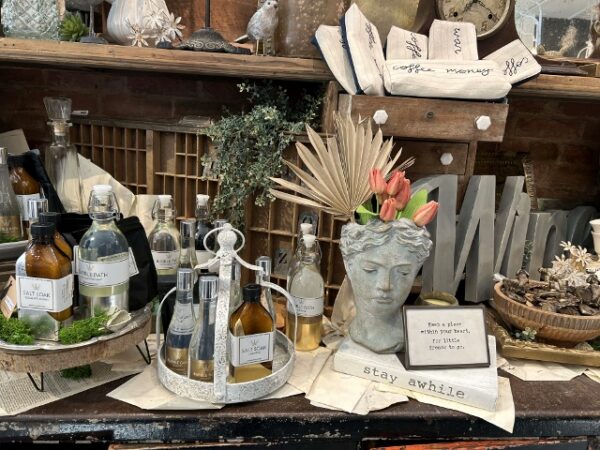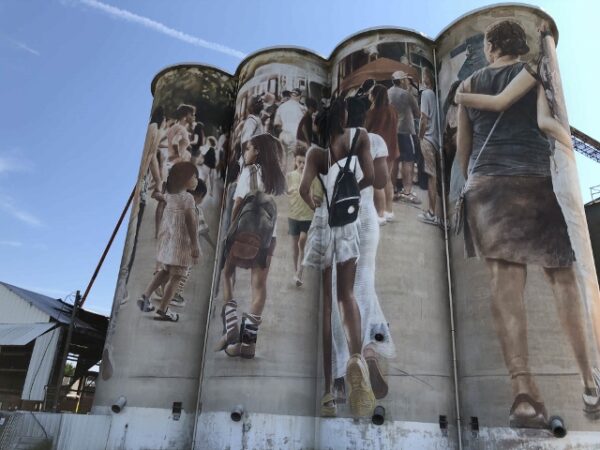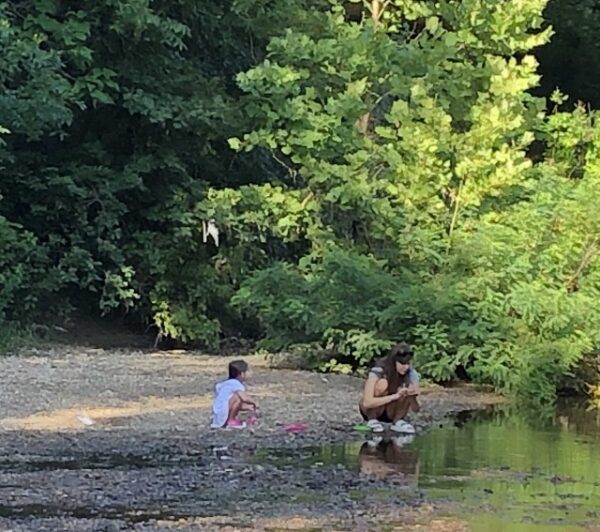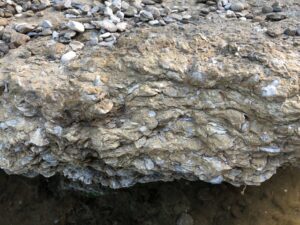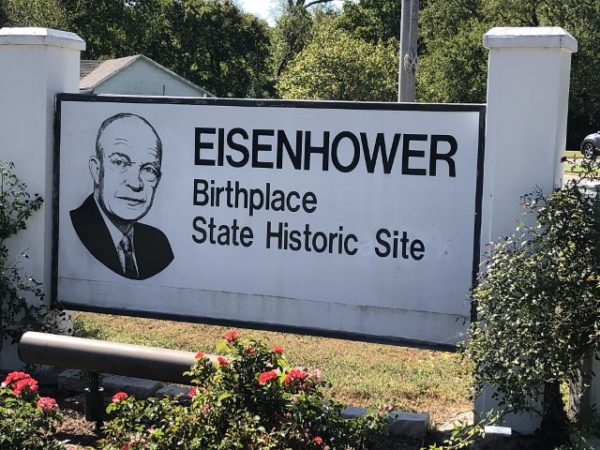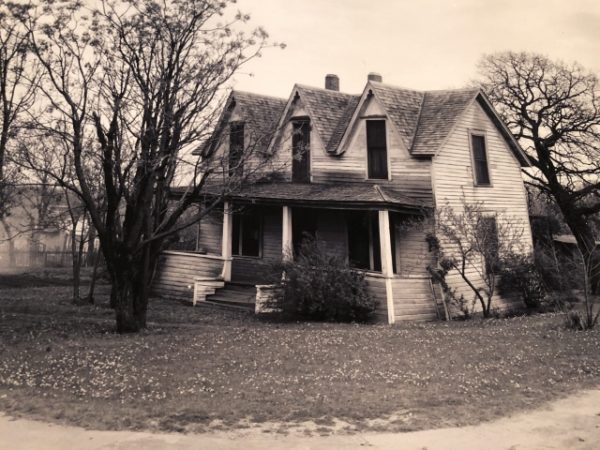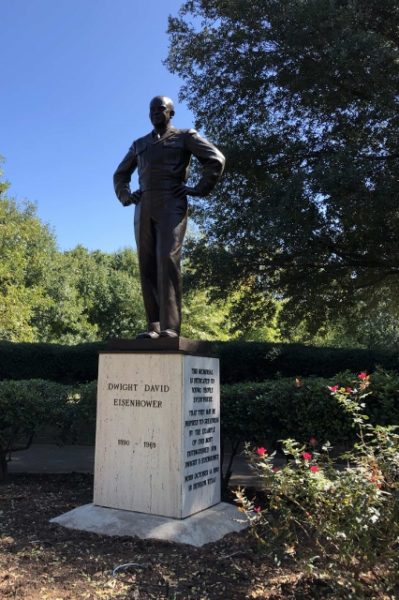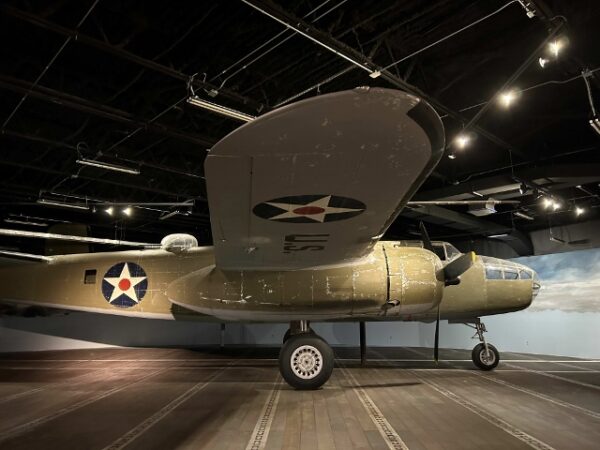
The National Museum of the Pacific War is a must see for World War II history buffs and veterans’ families. This world class museum is located not in Pearl Harbor, but in landlocked Fredericksburg, Texas. Surprising, until you learn that Fleet Admiral Chester Nimitz was born in this Texas Hill Country town.
The museum boasts an expansive, six-acre campus in the heart of Fredericksburg. The Pacific wartime story is deftly told in artifacts, memorabilia, photographs, and video. Unlike other World War II museums, the National Museum of the Pacific War devotes considerable exhibit space to set the historic stage describing Russian, Japanese, Chinese, and American actions that led to war’s outbreak.
George H. W. Bush Gallery
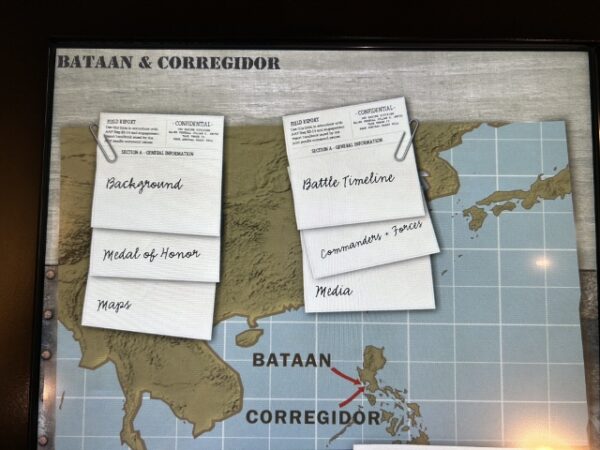
From the famous the Doolittle Raid to the obscure Operation “Good Time,” each Pacific campaign is described in exacting detail. “Toe Nail” gets my vote for the most interesting titled operation. News clips interspersed with veteran interviews describe actual battles. Diaries, uniforms, pictures, propaganda posters are all there. This multi-media approach makes what would otherwise be a history lesson into an emotion-packed, personal experience. And touch-screens allow visitors to learn even more.
In addition to smaller artifacts, the National Museum of the Pacific War houses large items like a Wildcat F4F and the two-man Japanese midget submarine grounded on Oahu following the Pearl Harbor attack. For Oppenheimer movie fans, “Little Boy” bomb casing is part of the museum’s permanent collection.
The Admiral Nimitz Gallery
Recently renovated and expanded in 2020, the Admiral Nimitz Gallery tells the story of the World War II Commander of the Pacific Fleet, Chester Nimitz. Learn how a Fredericksburg farm boy who wanted to go to West Point became one of our nation’s greatest admirals.
Pacific Combat Zone
The Pacific Combat Zone, located a few blocks from the main museum campus, is the site of a PT boat exhibit. The museum also offers living history programs here. Reenactments highlight Medal of Honor recipients and give visitors an appreciation of the heroism of Sailors and Marines in the Pacific. A schedule for the reenactments can be found on the museum’s events page. Please note that reenactments do involve explosions and simulated fire, and may not be appropriate for all visitors.
Memorial Courtyard
Maybe it’s because so many of our World War II veterans are no longer with us. Whatever the reason, I found the Memorial Courtyard particularly poignant. This outdoor area is framed by a limestone wall covered in commemorative plaques honoring wartime veterans. Families and veteran groups sponsored the plaques and brick pavers here. It’s a reminder, lest we forget, of the men and women veterans who sacrificed so much.
The National Museum of the Pacific War provides an objective, and sometimes jarring, experience of the Pacific theater in wartime. It’s a story filled with sacrifice, heroism, and even brutality. Museums like the National Museum of the Pacific War keep history and the lessons it teaches alive so we do not repeat the mistakes of the past.
When You Go
The National Museum of the Pacific War is located at 311 East Austin Street in Fredericksburg. The museum is open 9 am to 5 pm Wednesday through Monday (closed Tuesdays). Allow at least three hours for your visit. There is an admission charge. Museum exhibits are appropriate for older children. While the main exhibits may not interest young kids, the museum does offer a free exhibit, Children on the Homefront. Designed for elementary-aged children, the exhibits depict what life would have been like for kids during the war years.
For those wanting to continue their World War II experience, I recommend a stay at the Hangar Hotel (155 Airport Road, Fredericksburg). A converted hangar on the edge of Gillespie County Airport houses this elegantly simple hotel. Staying at the Hangar Hotel is like stepping back in time to a World War II Bachelor Officer Quarters. Rooms are furnished in rusty reds, mossy greens and rich browns. There is even a green, wool army blanket on the bed. The room television is the only concession to the twenty-first century. Advance reservations are a must at the Hangar Hotel.

